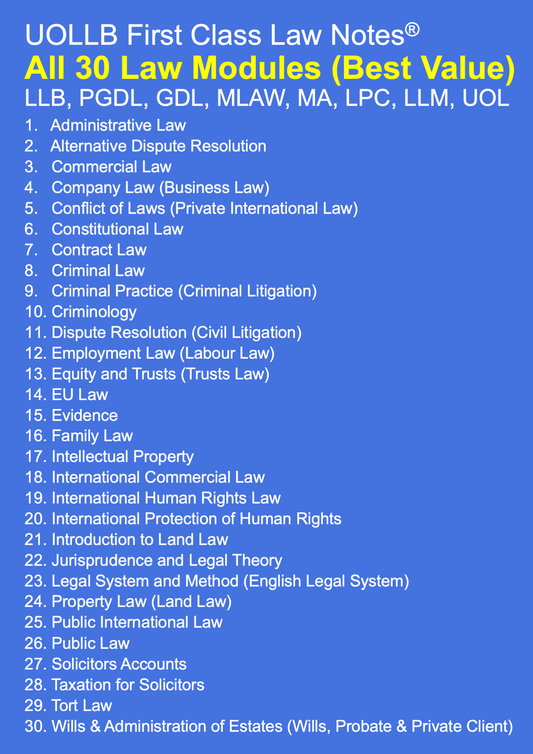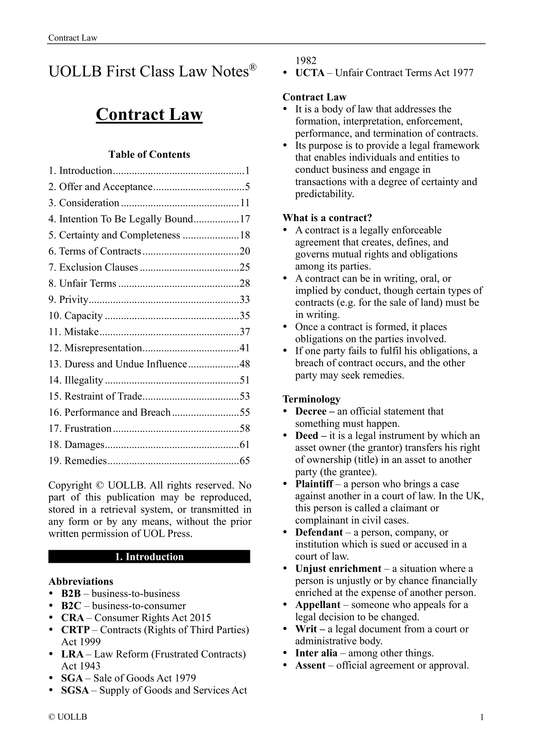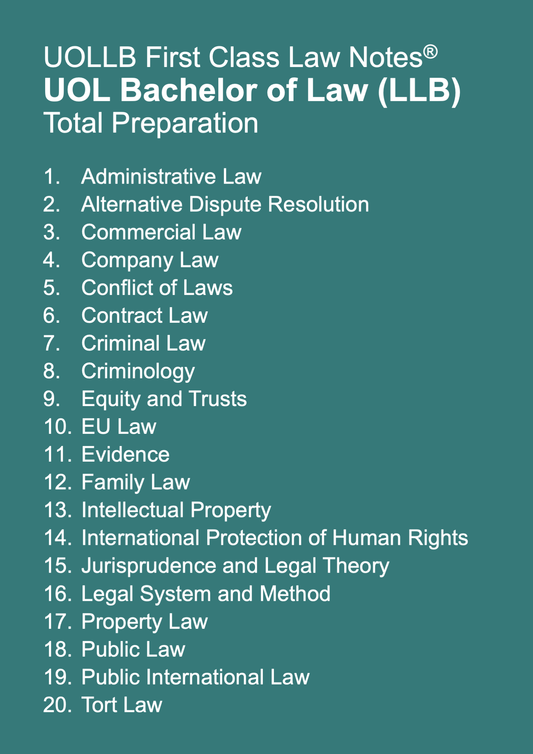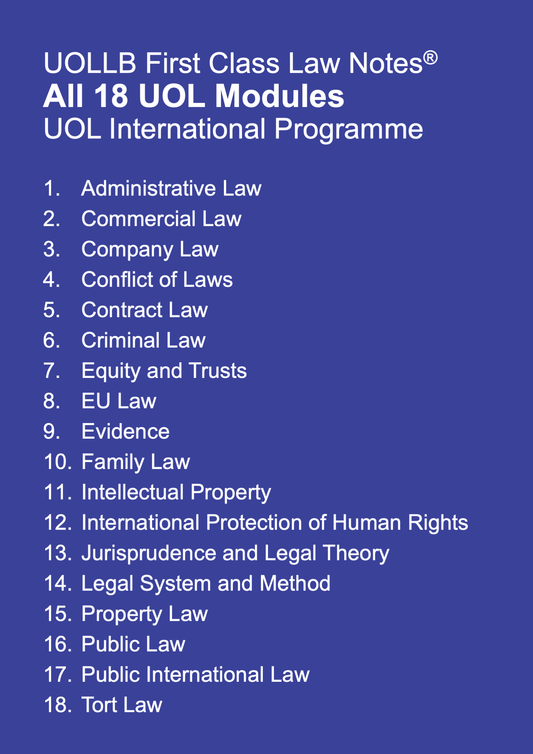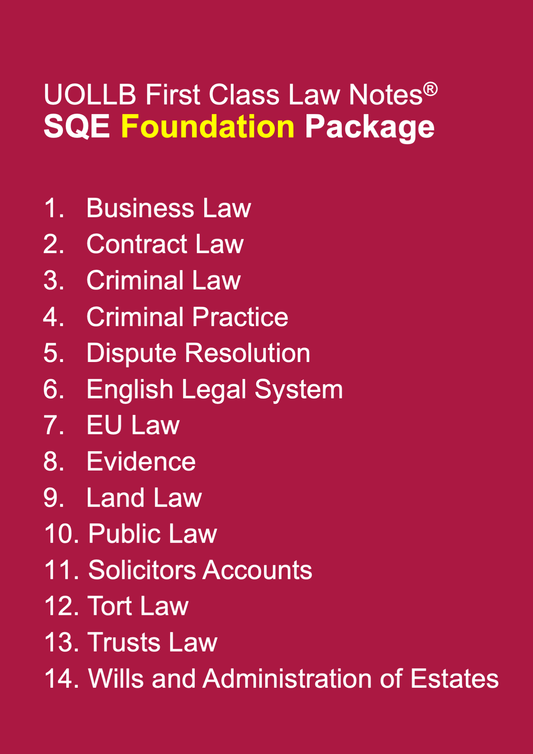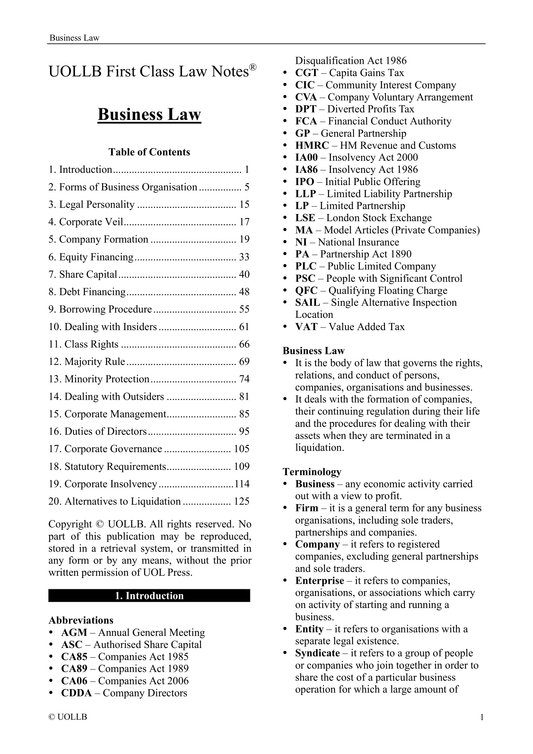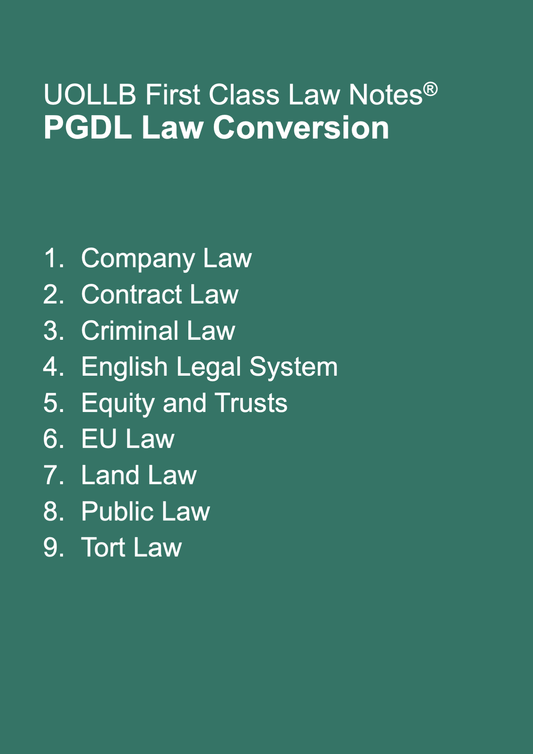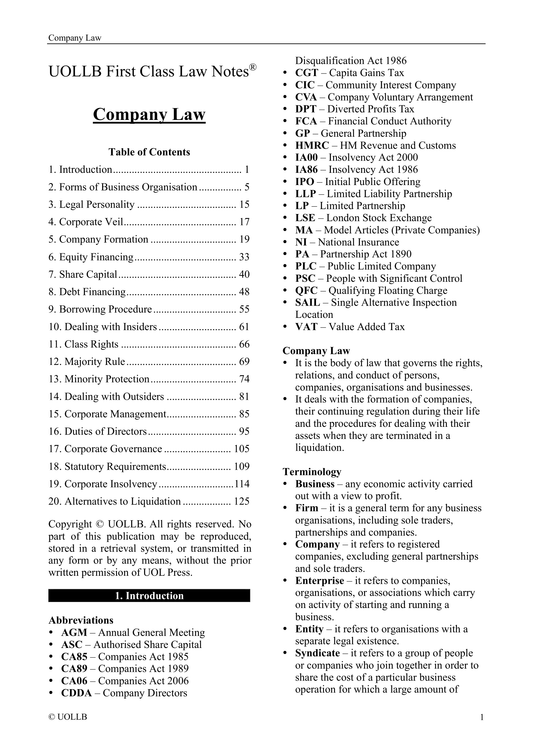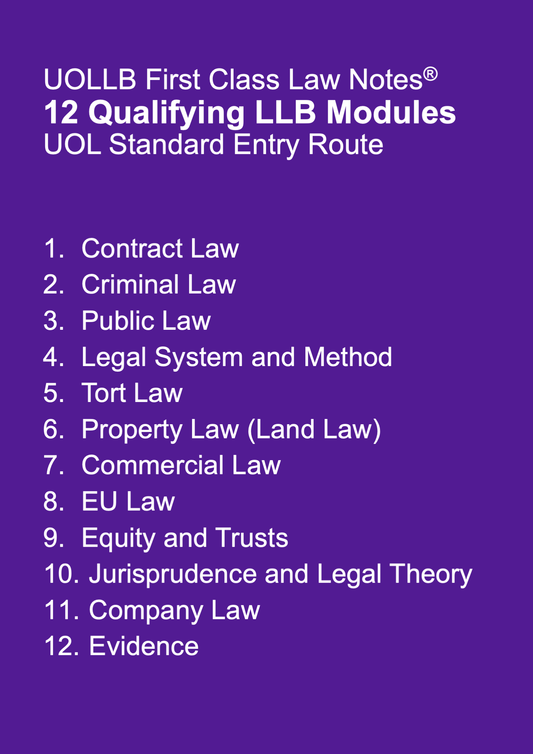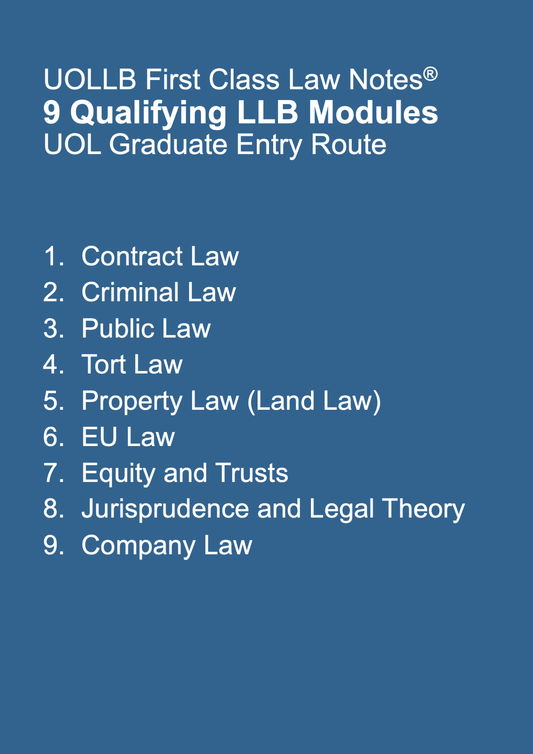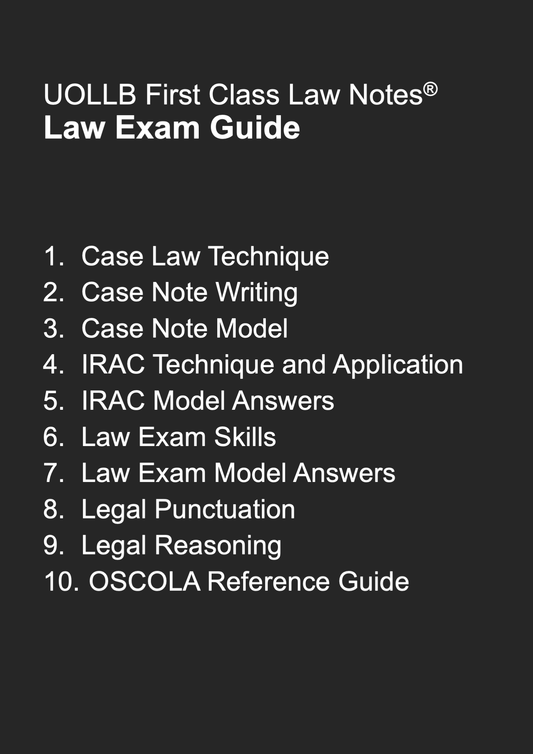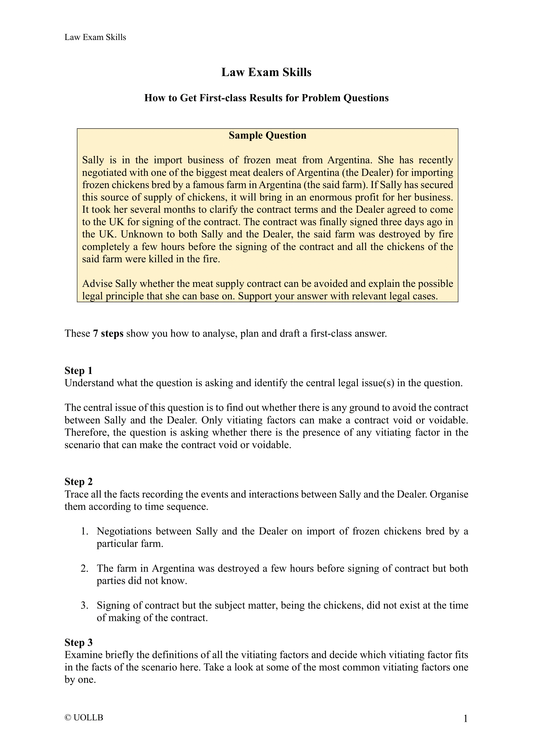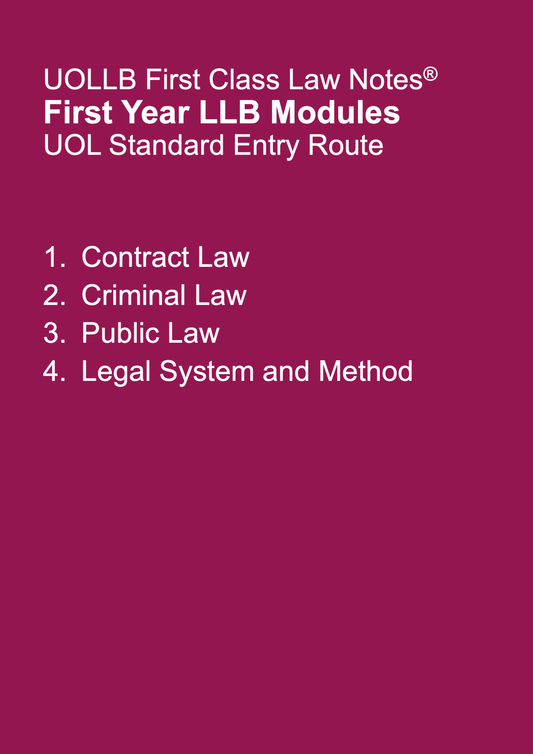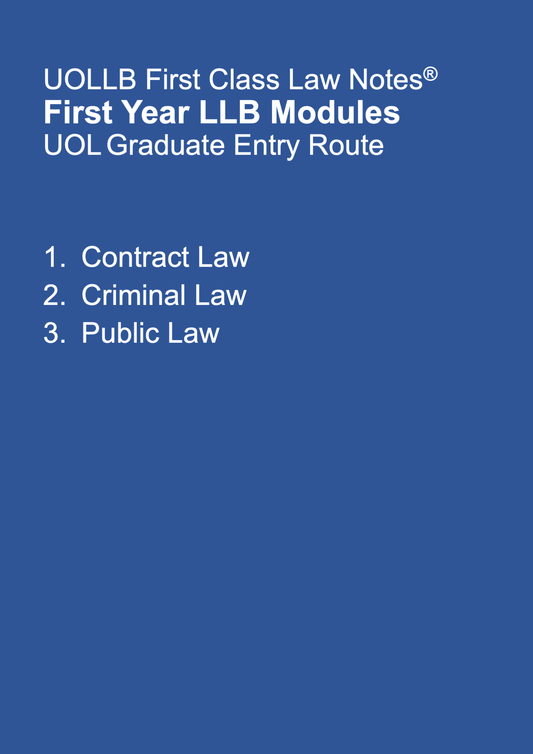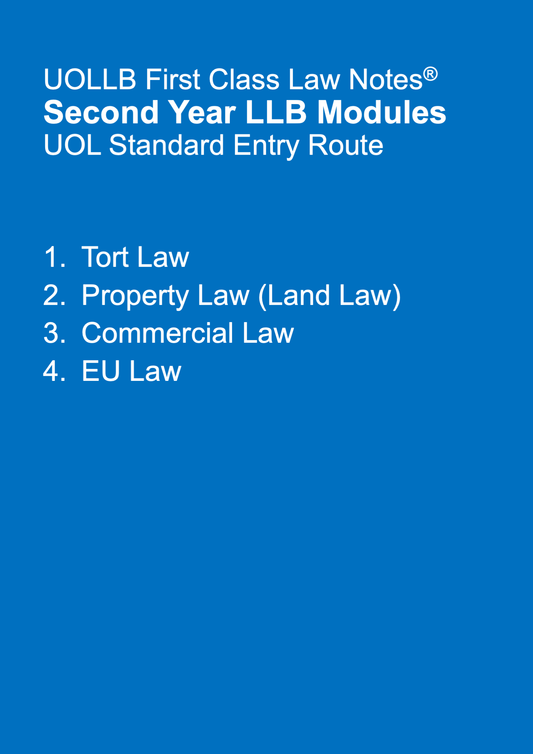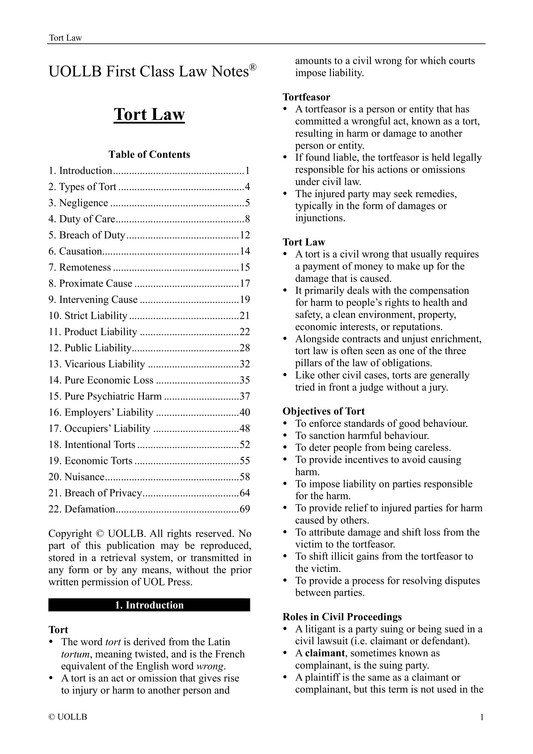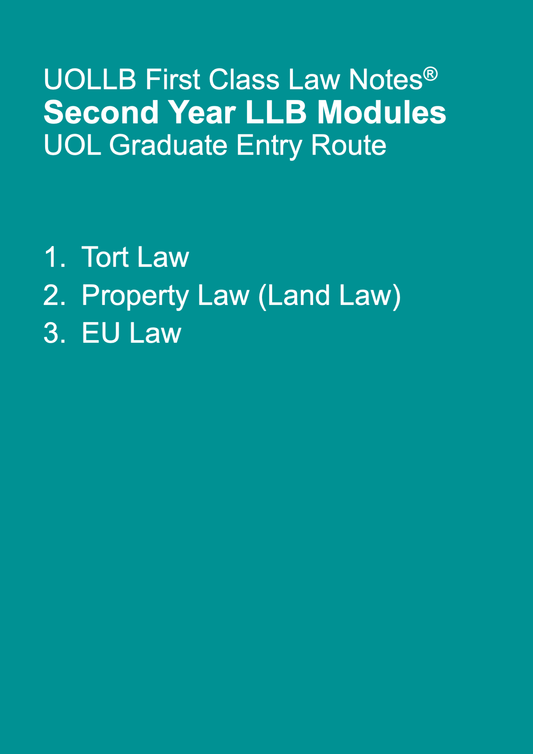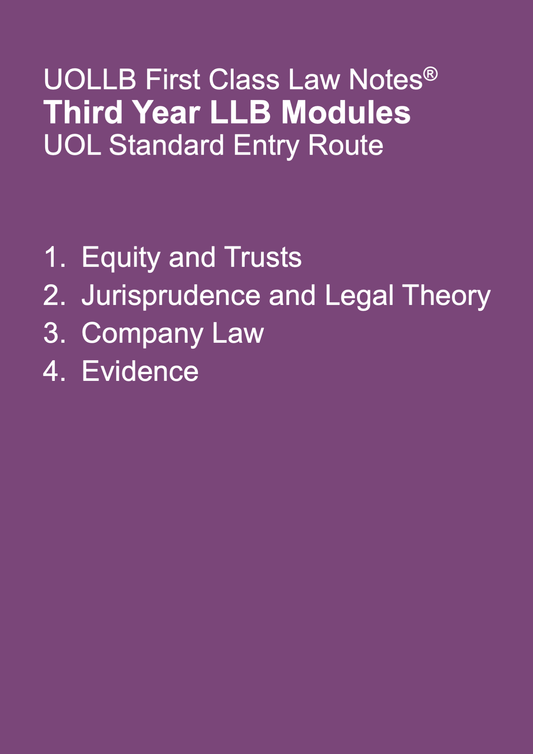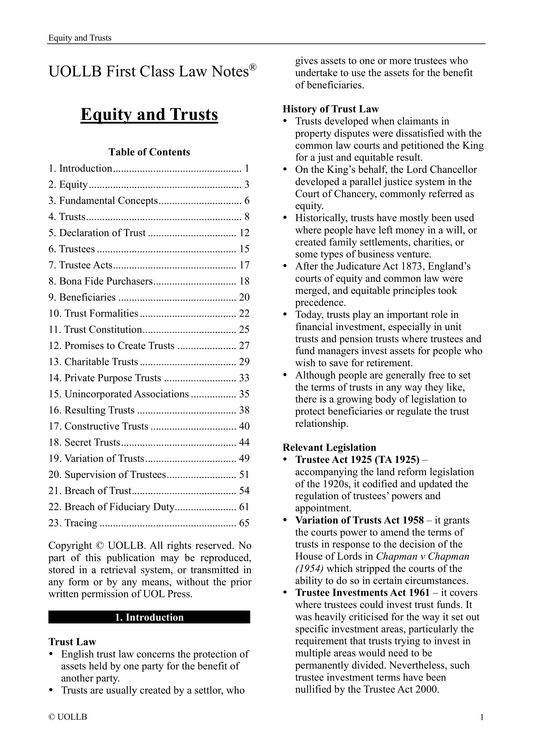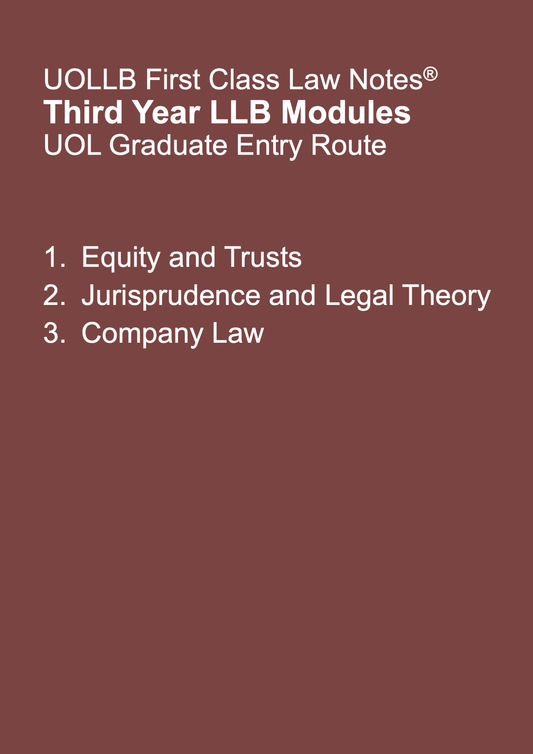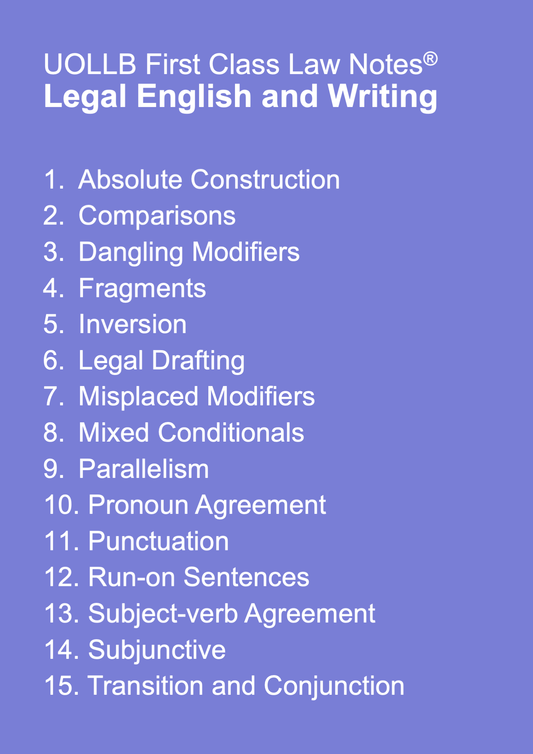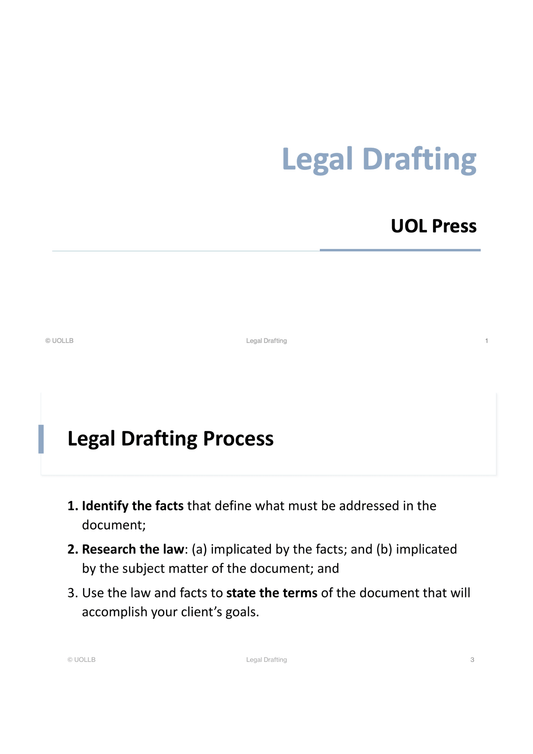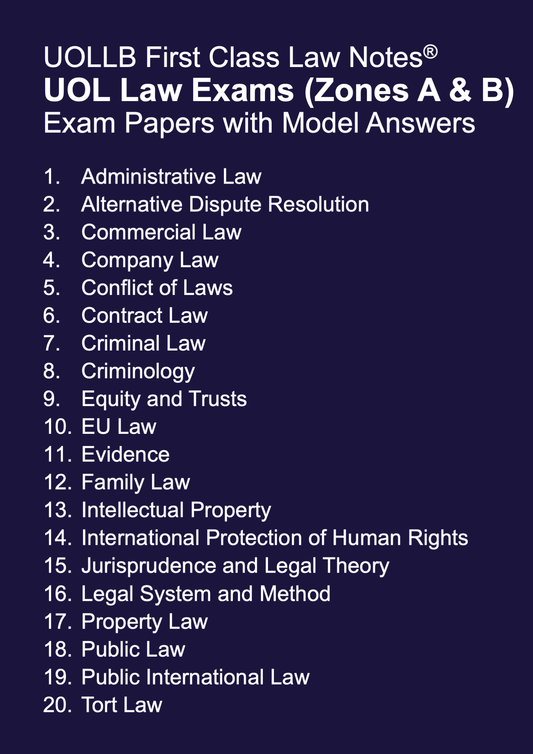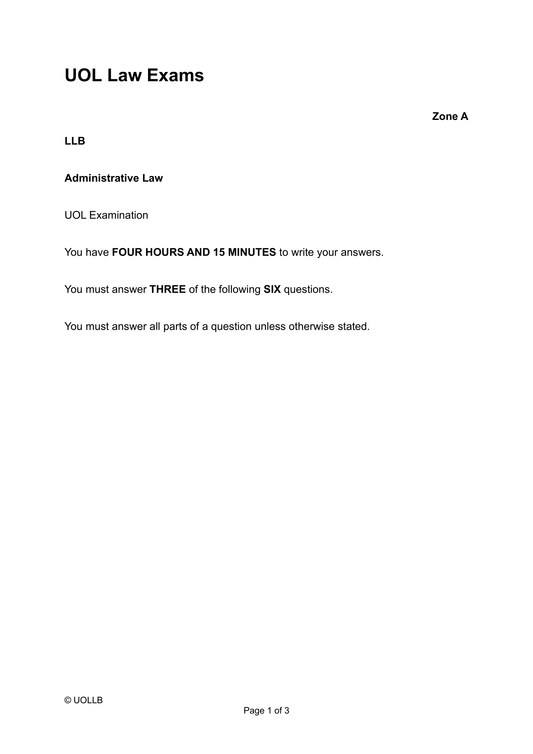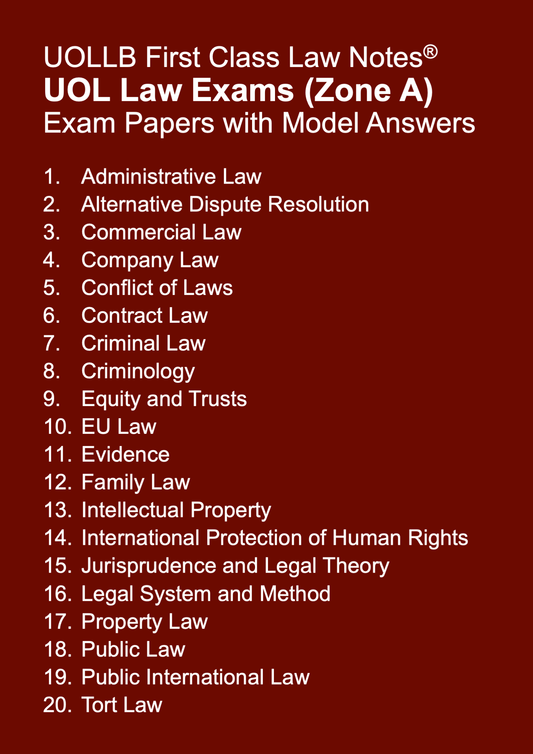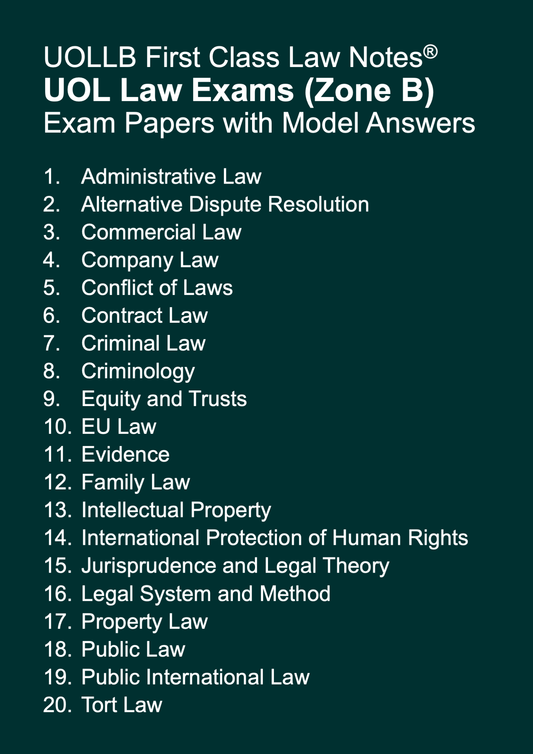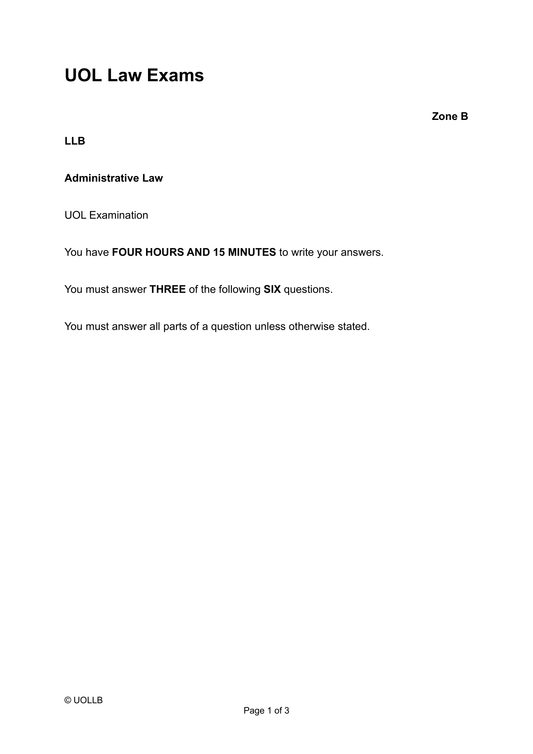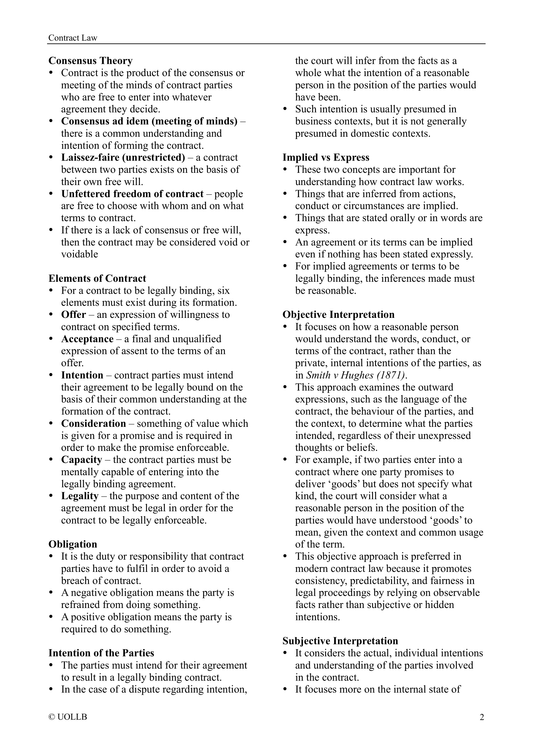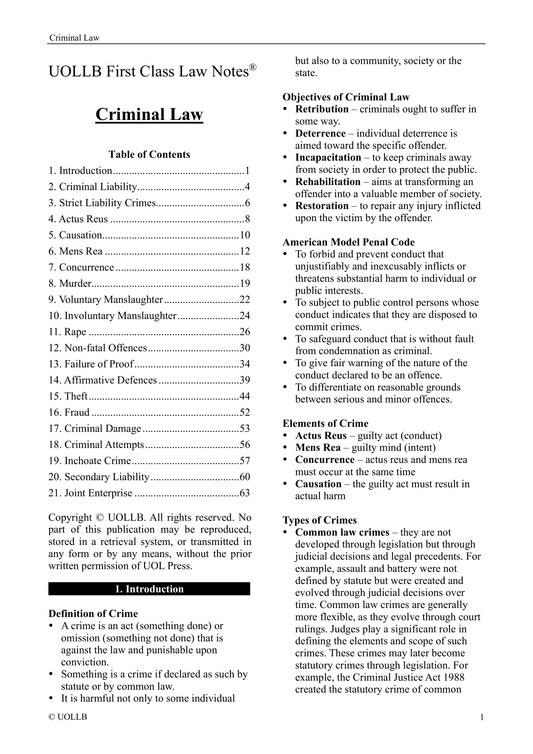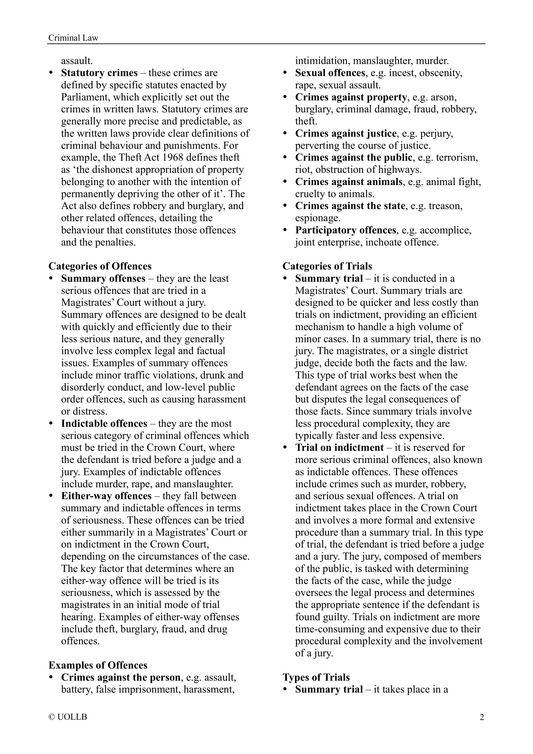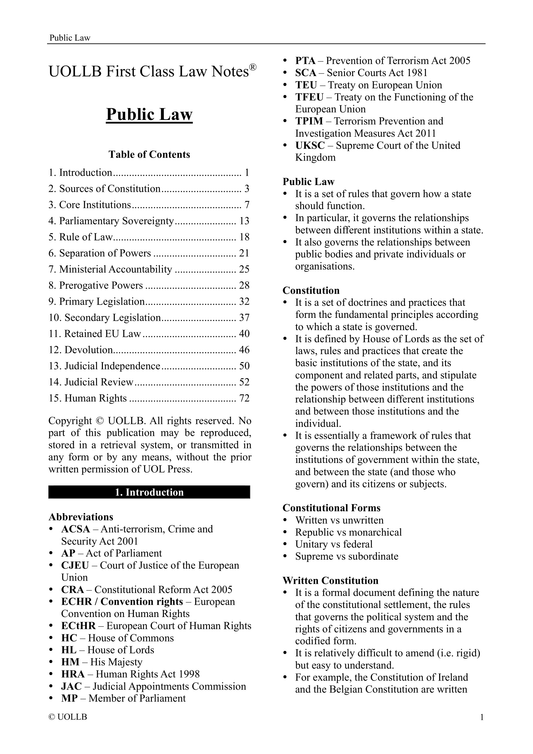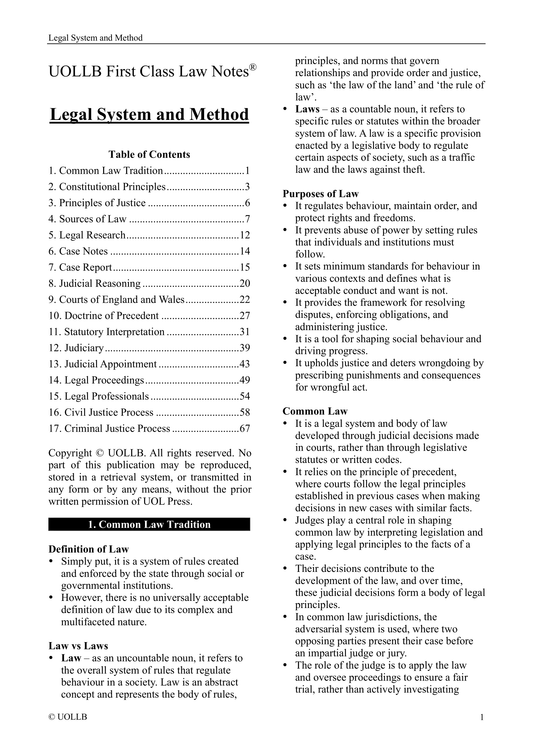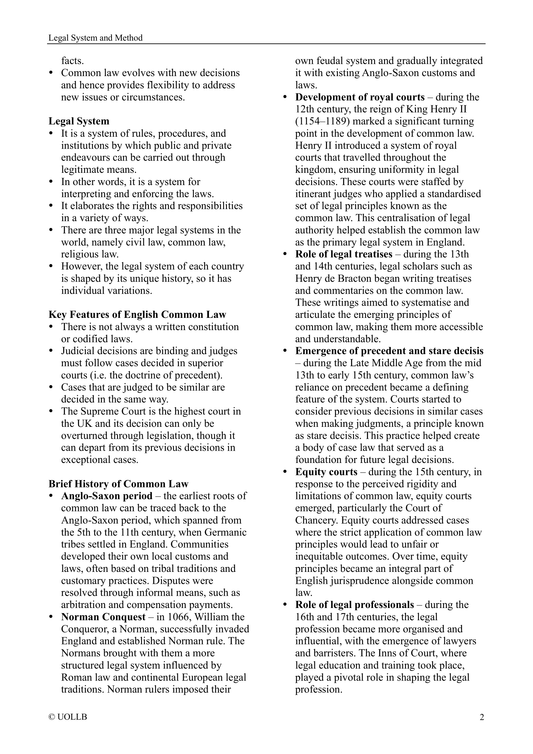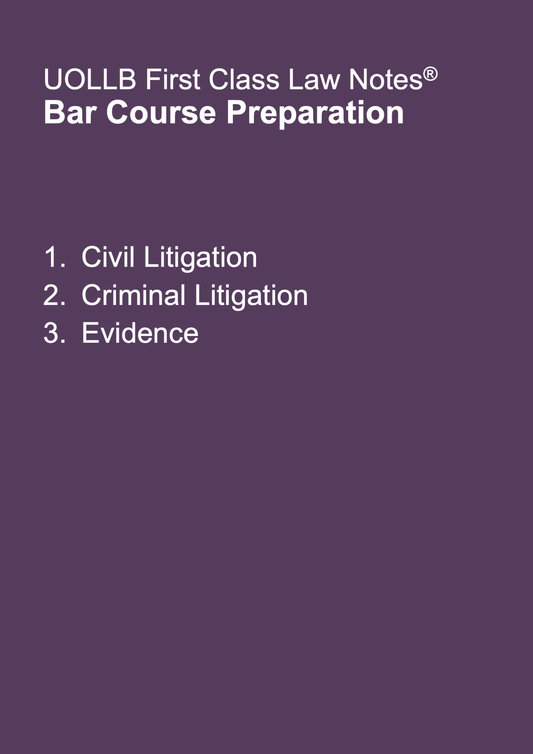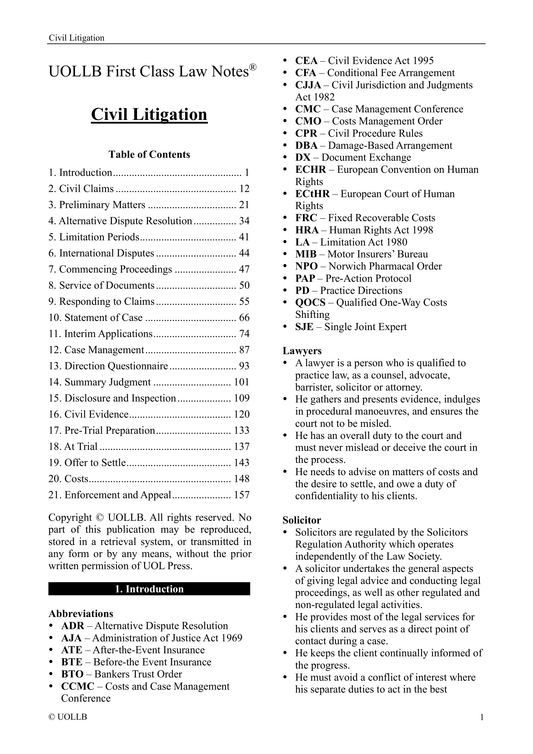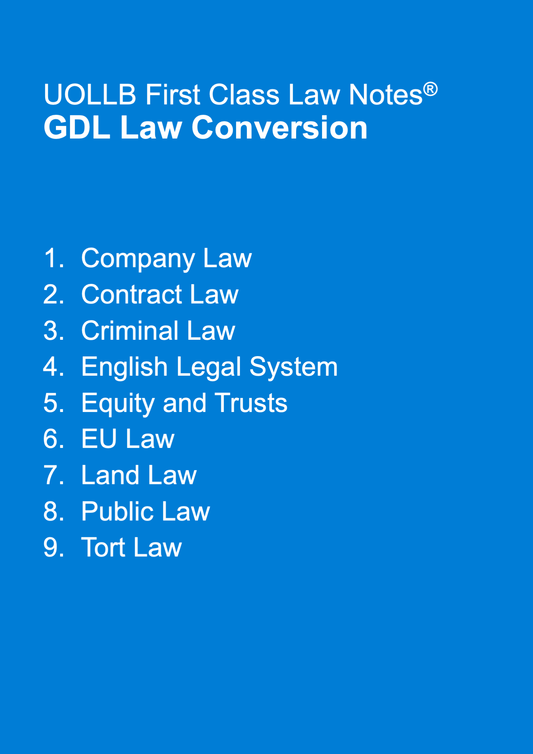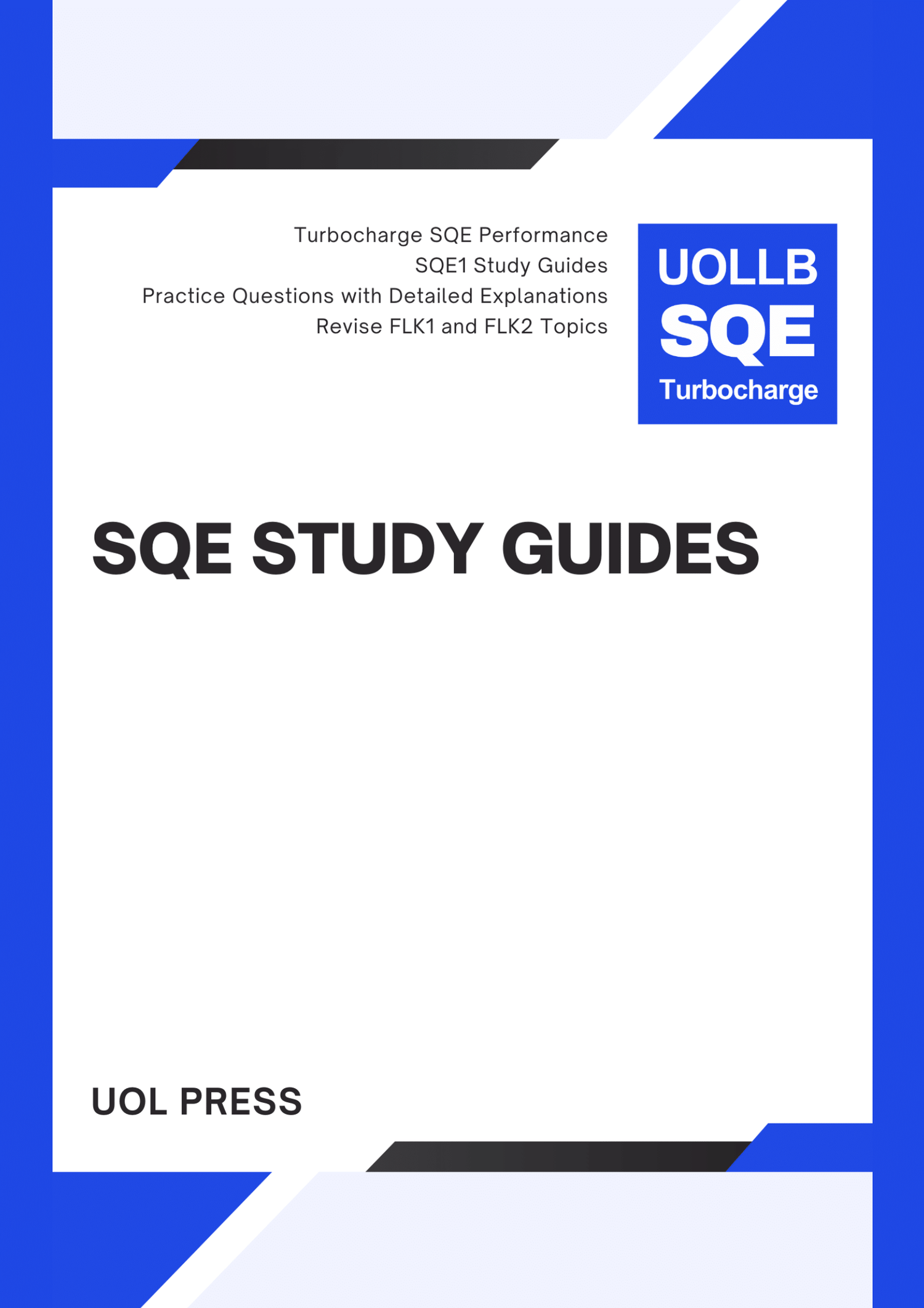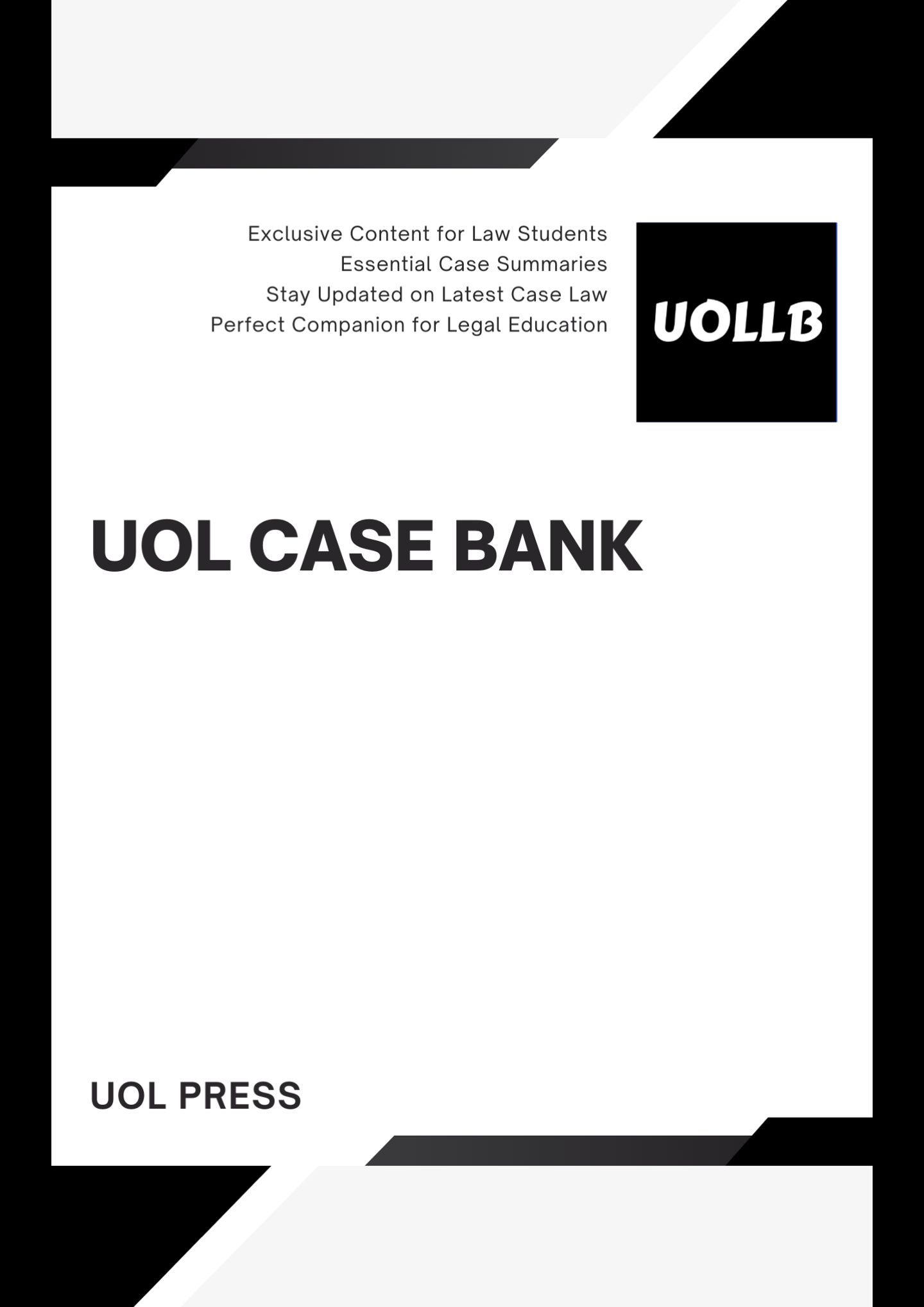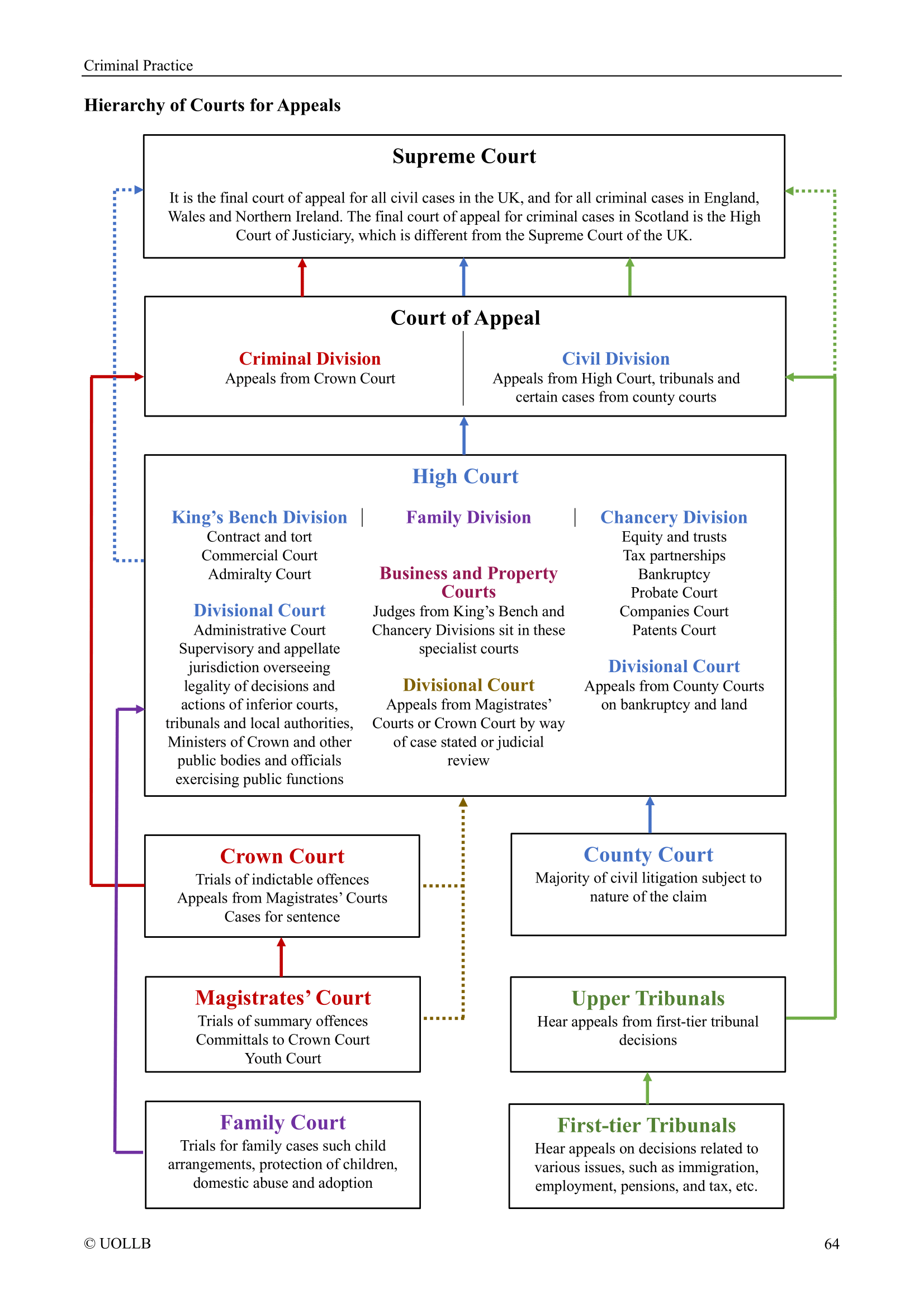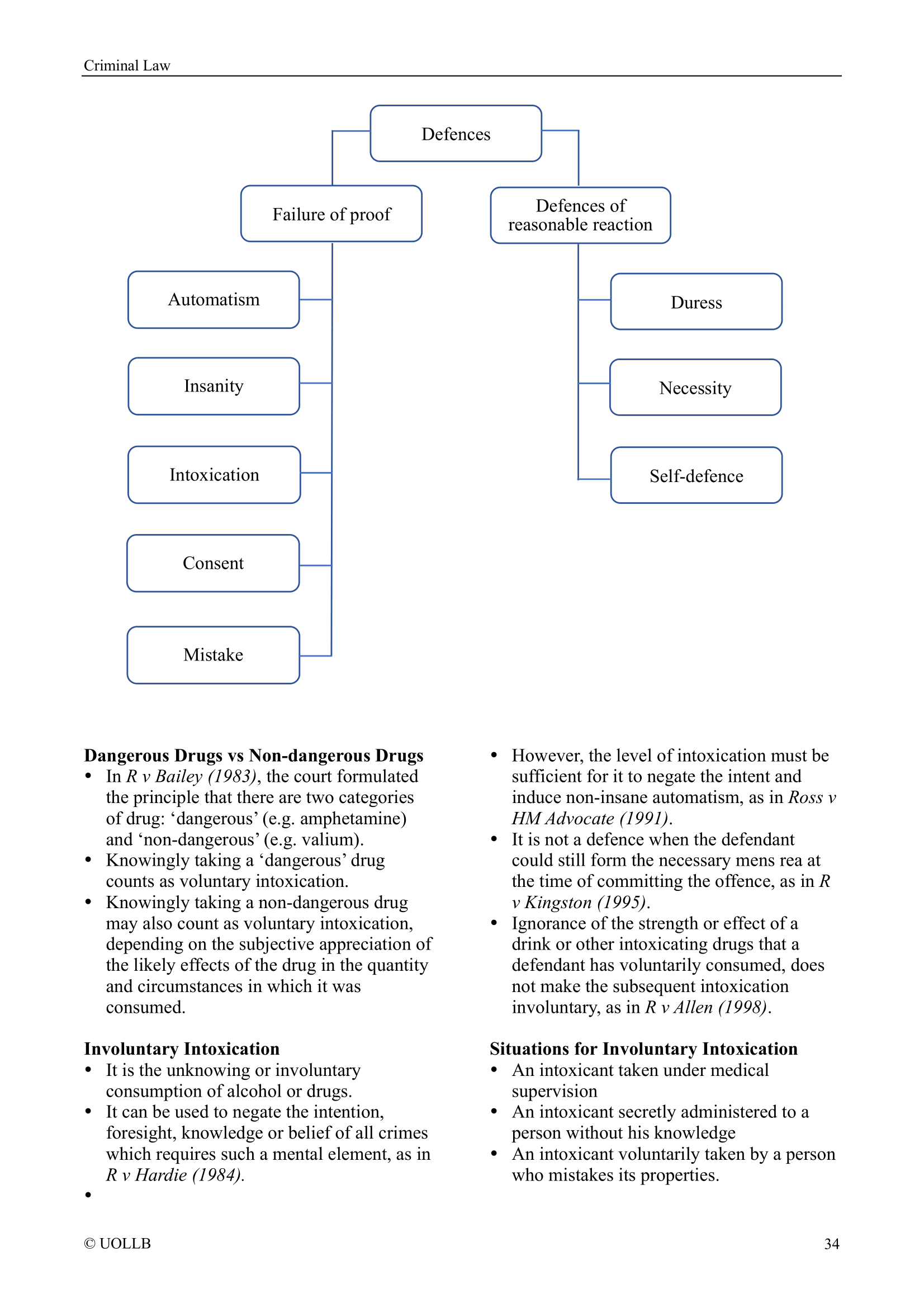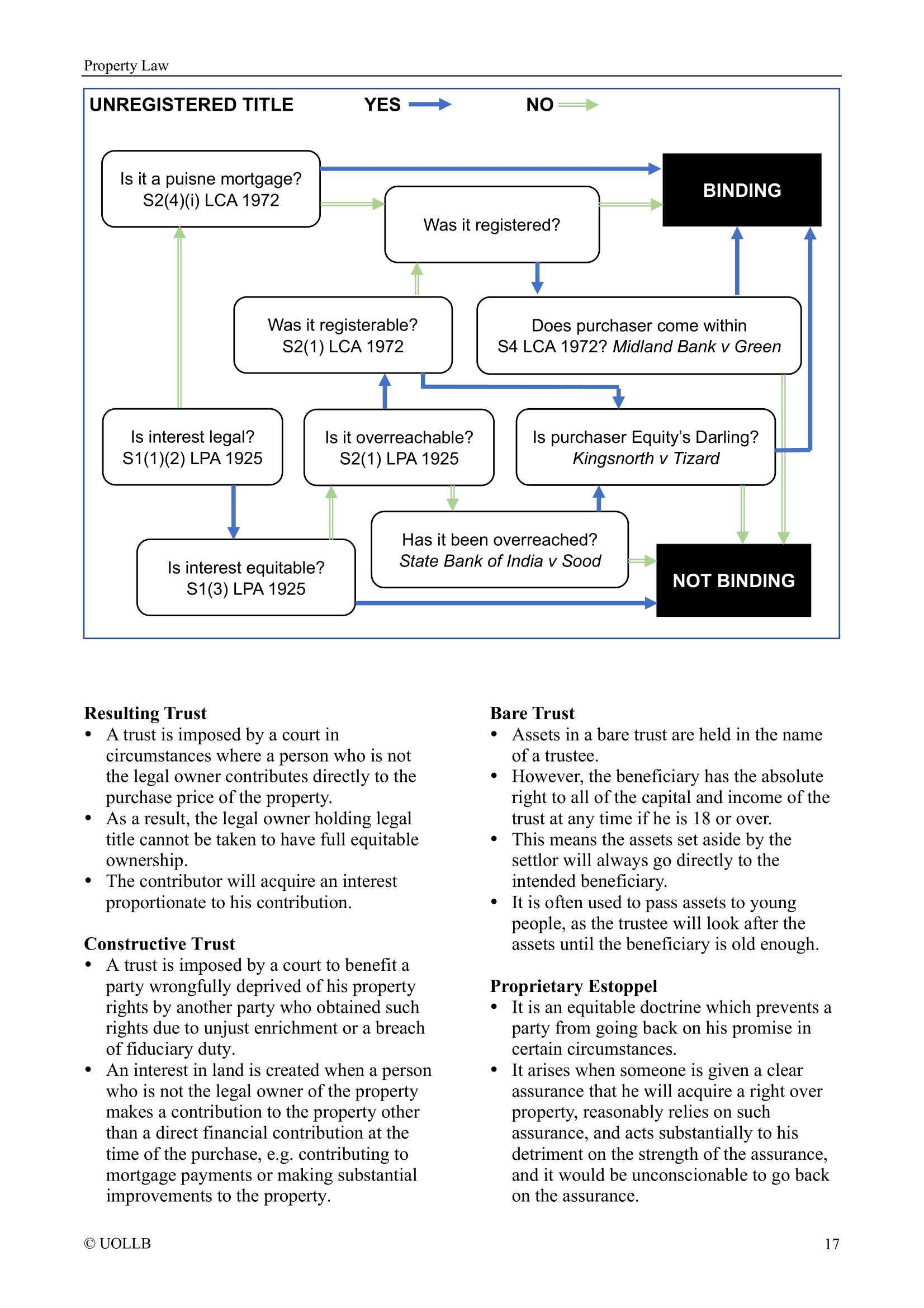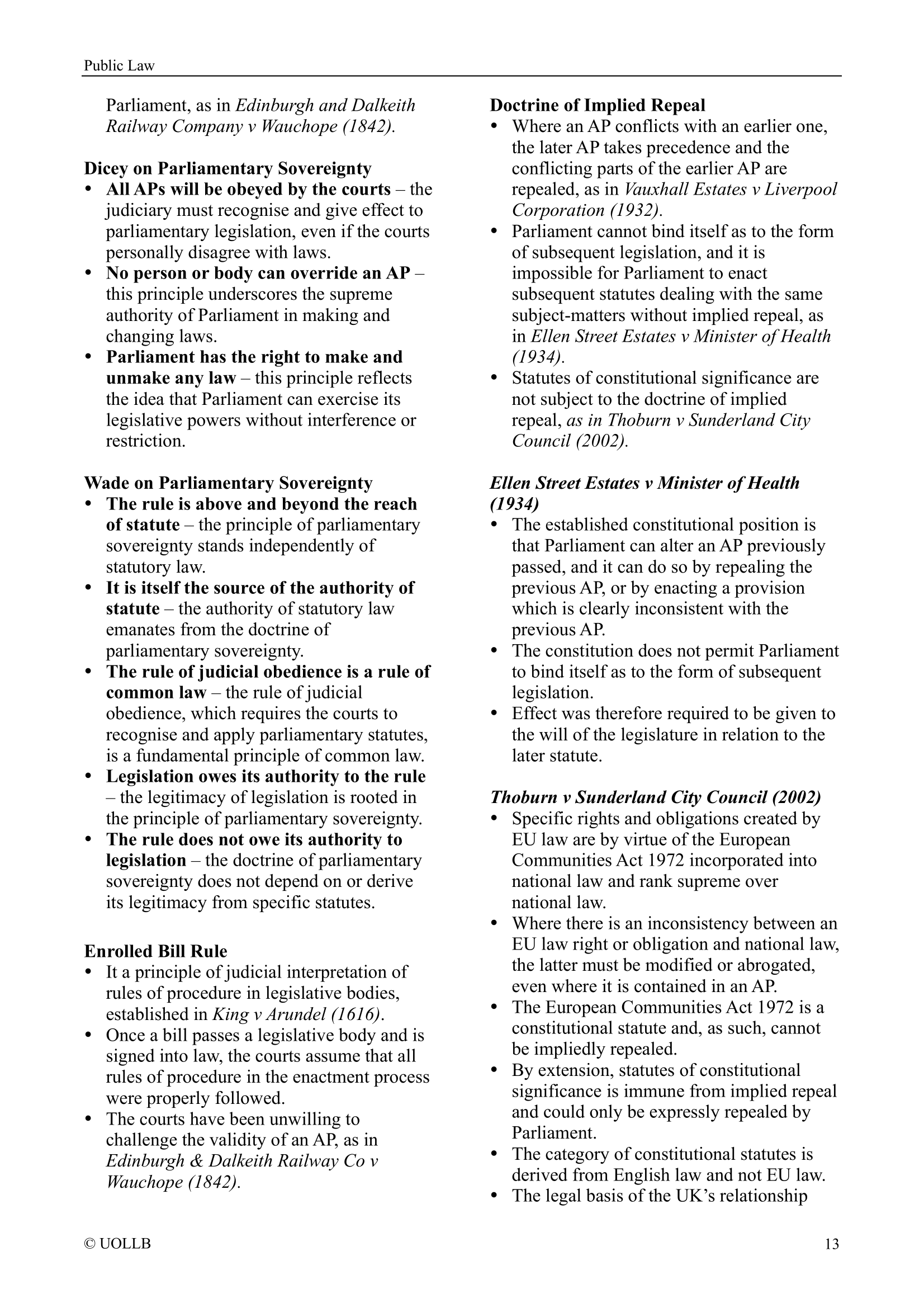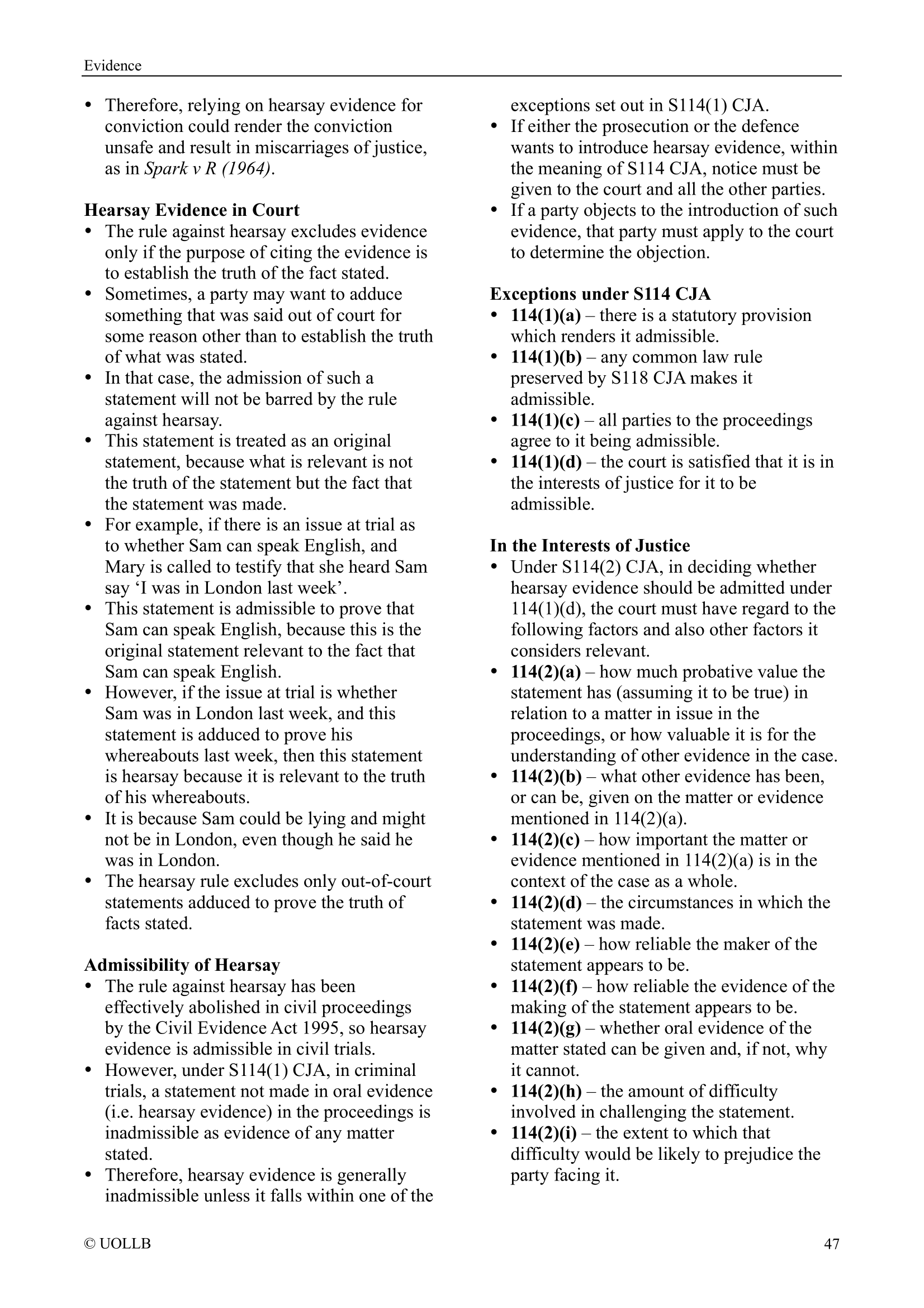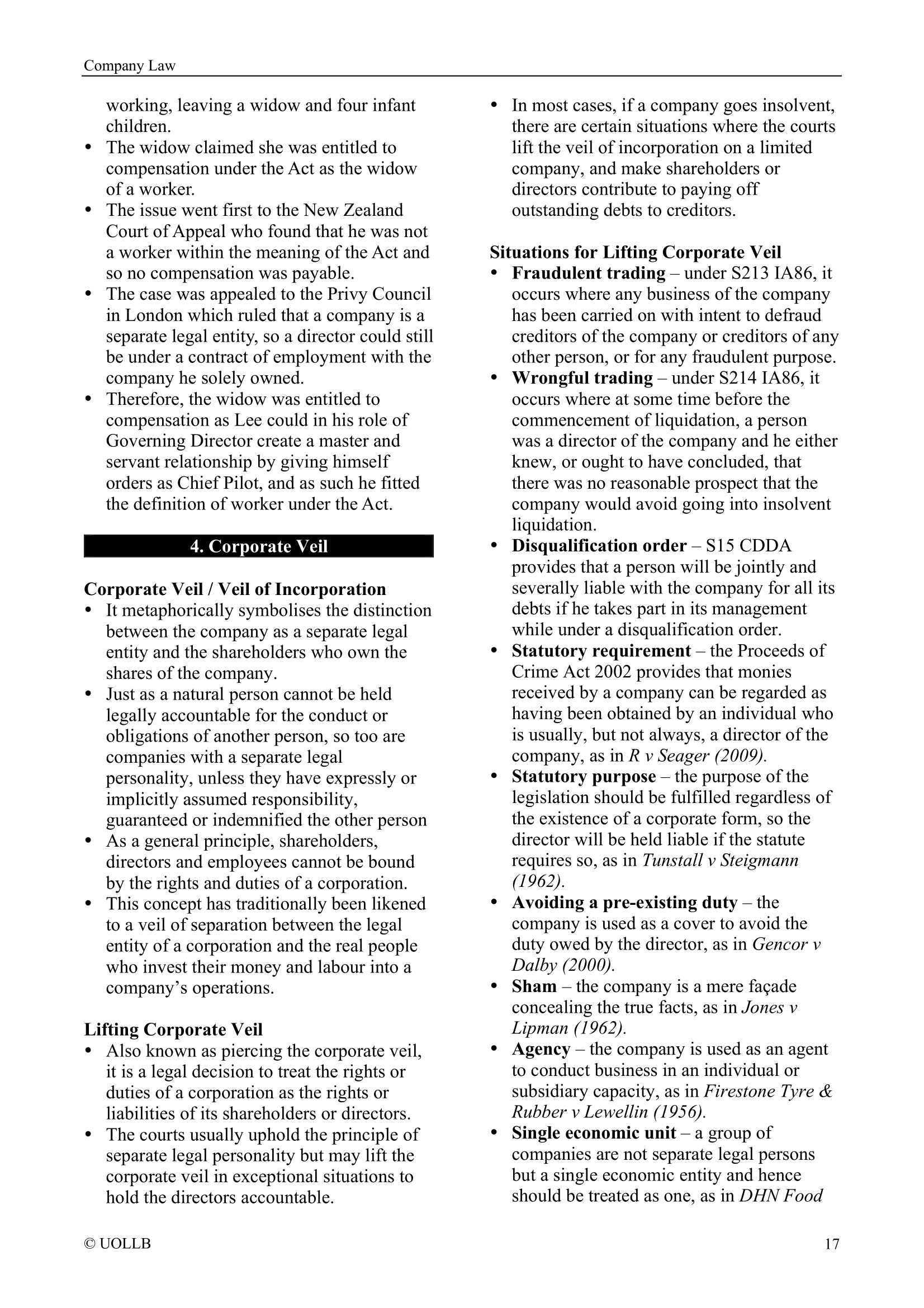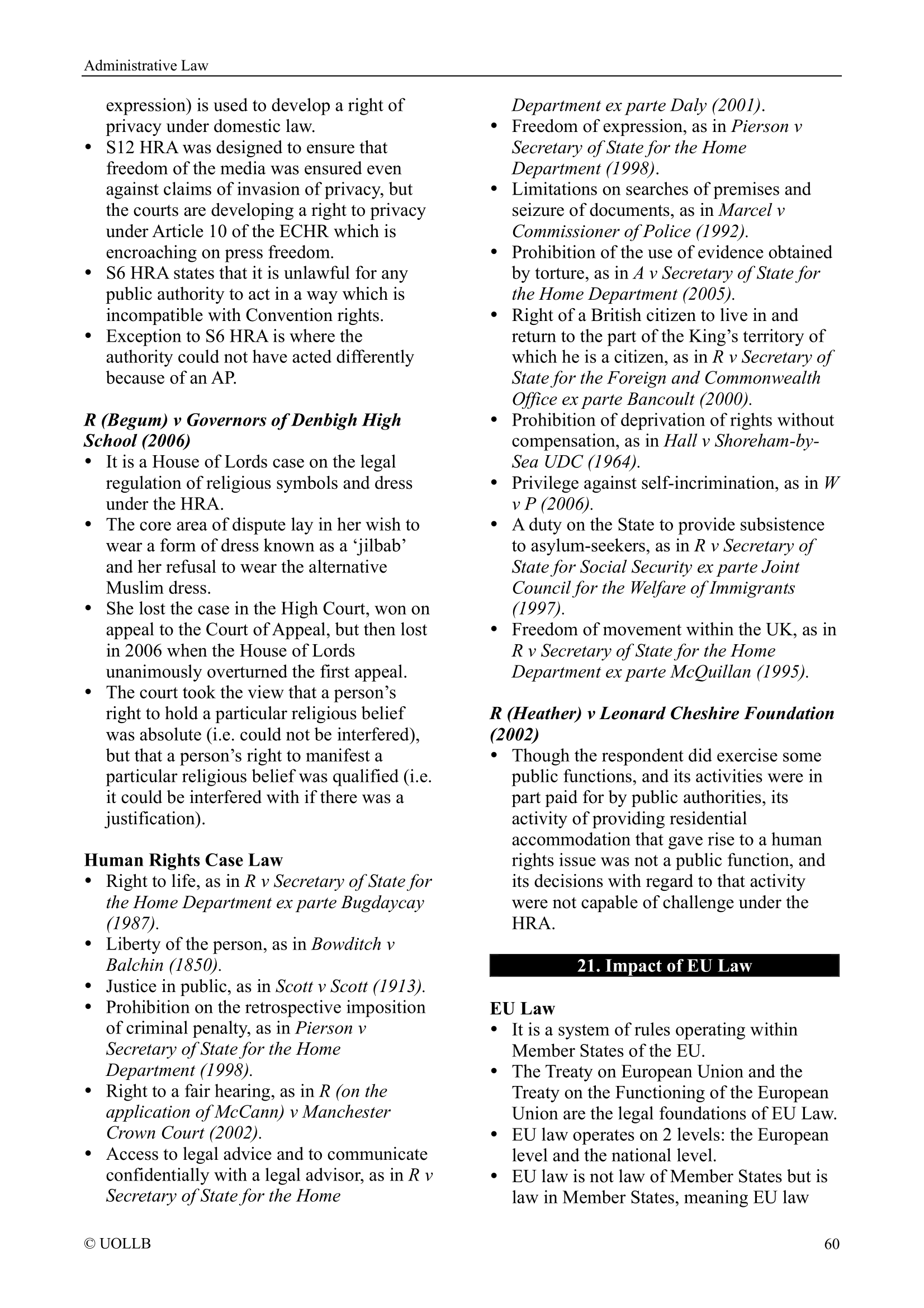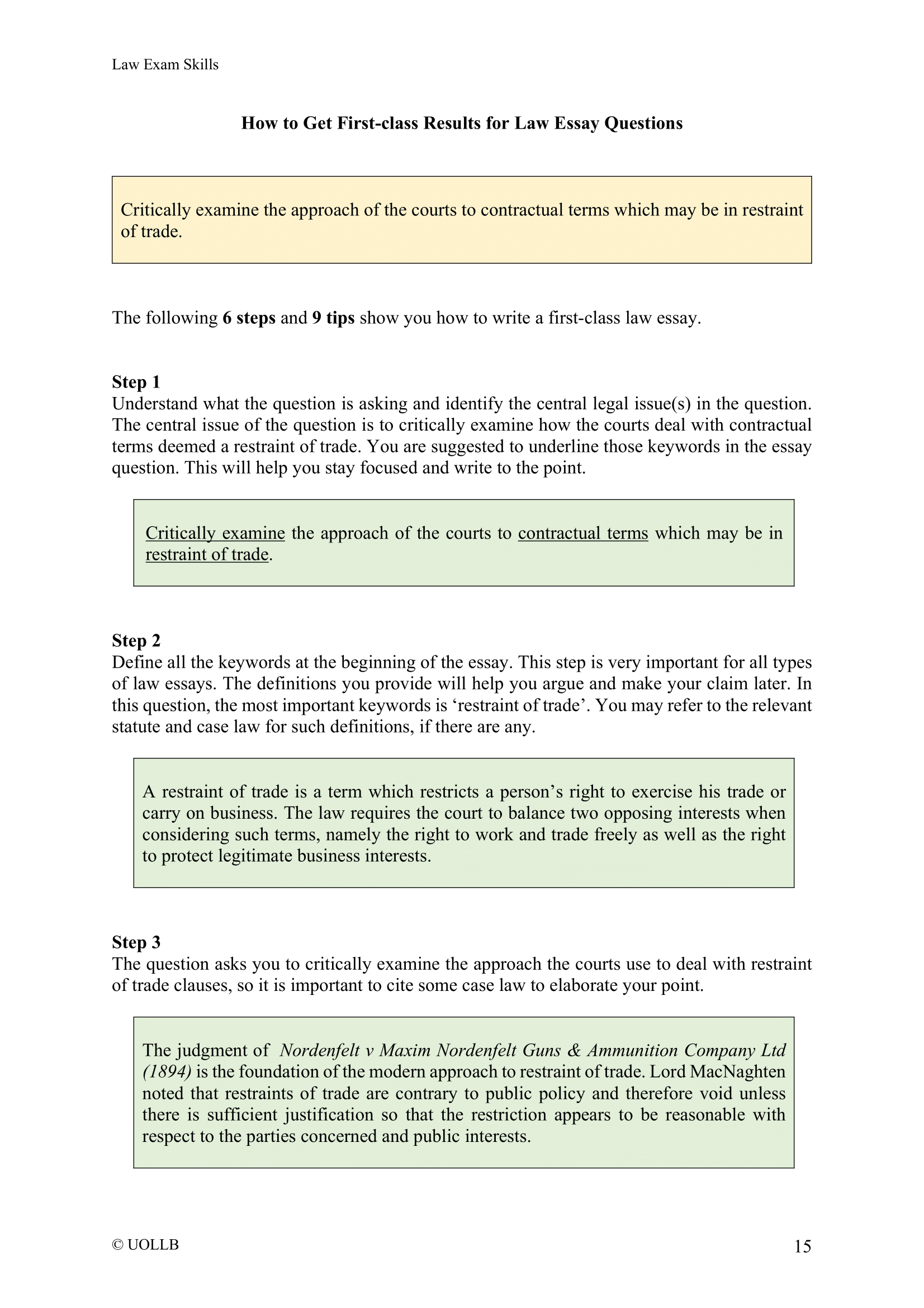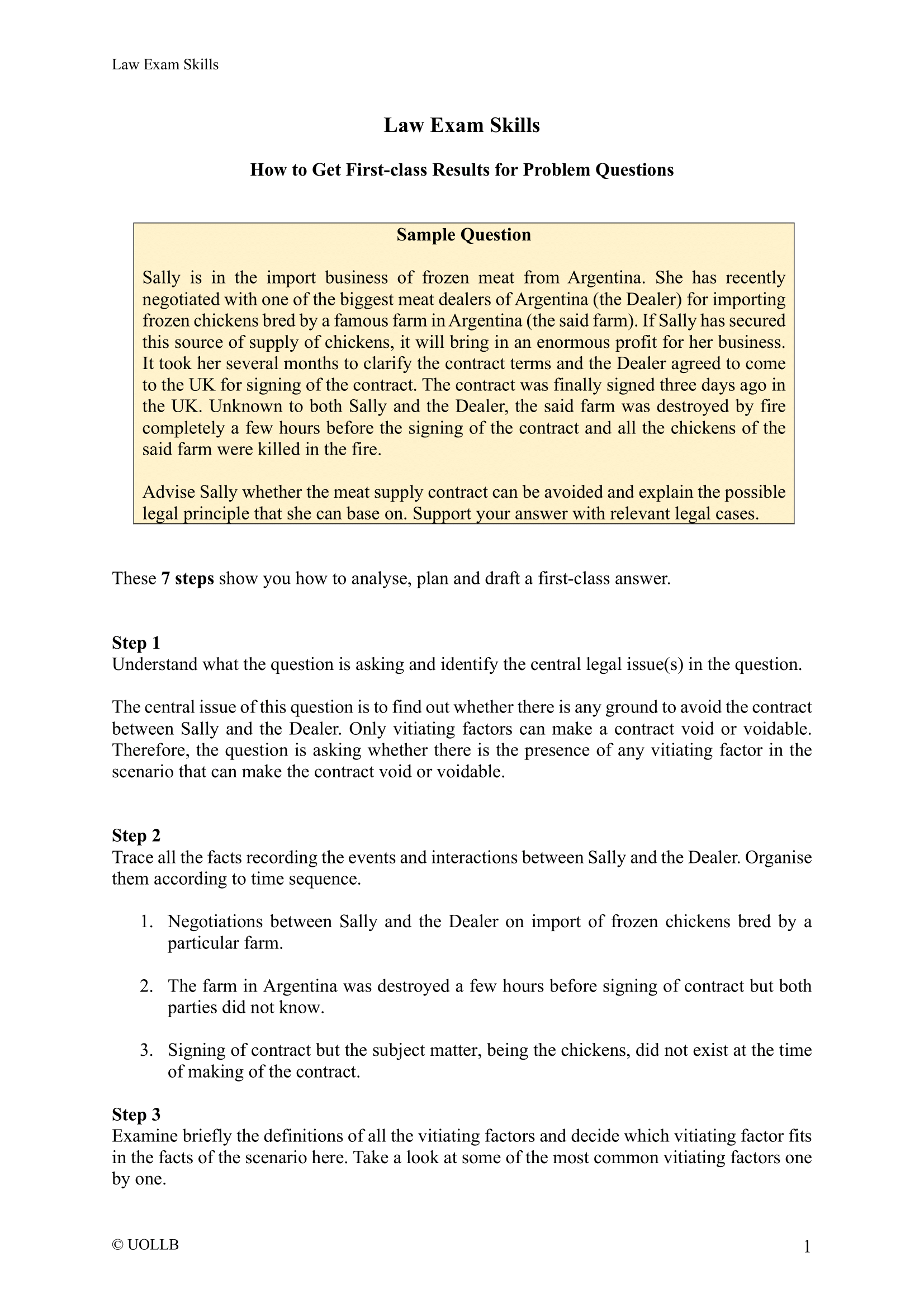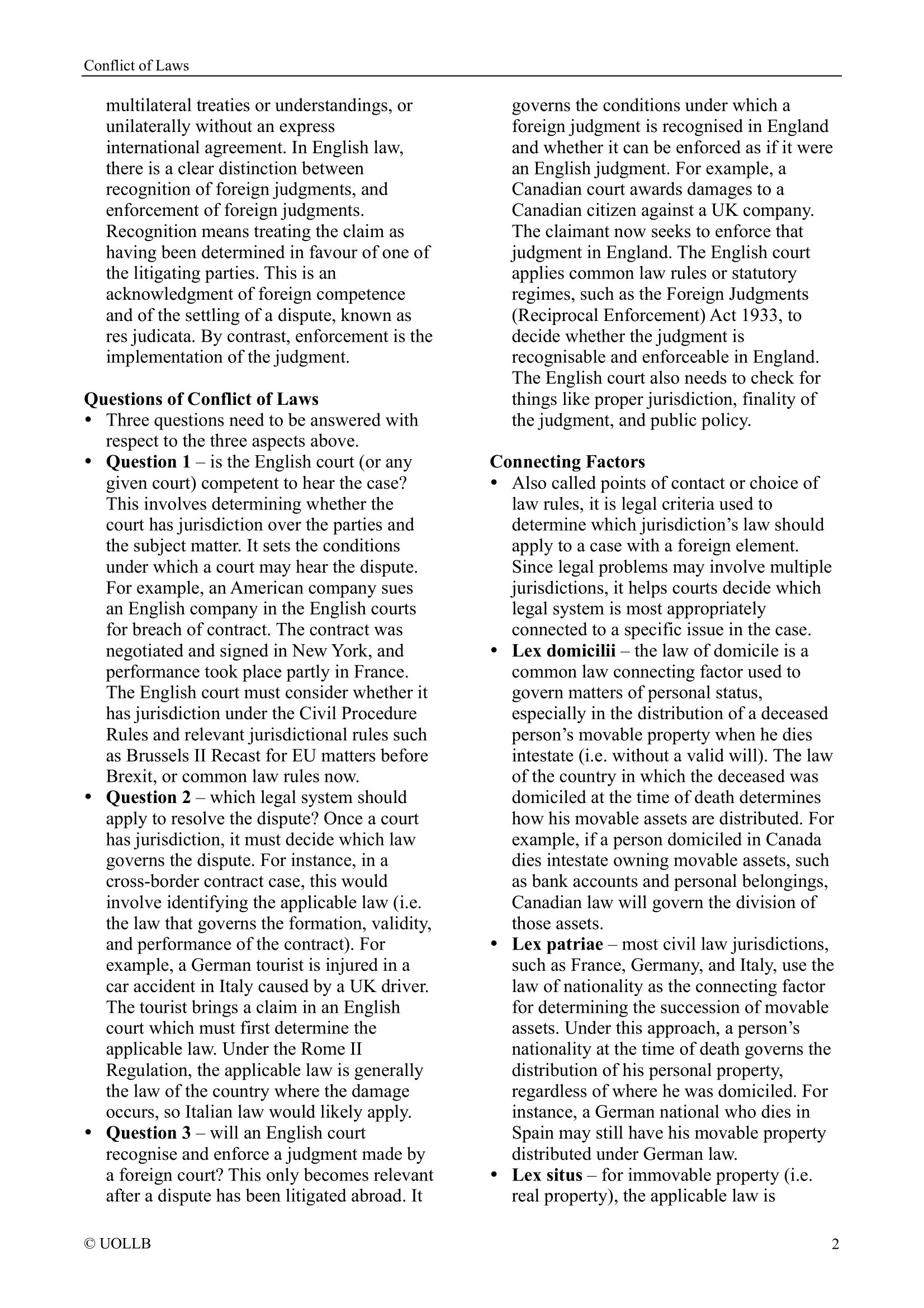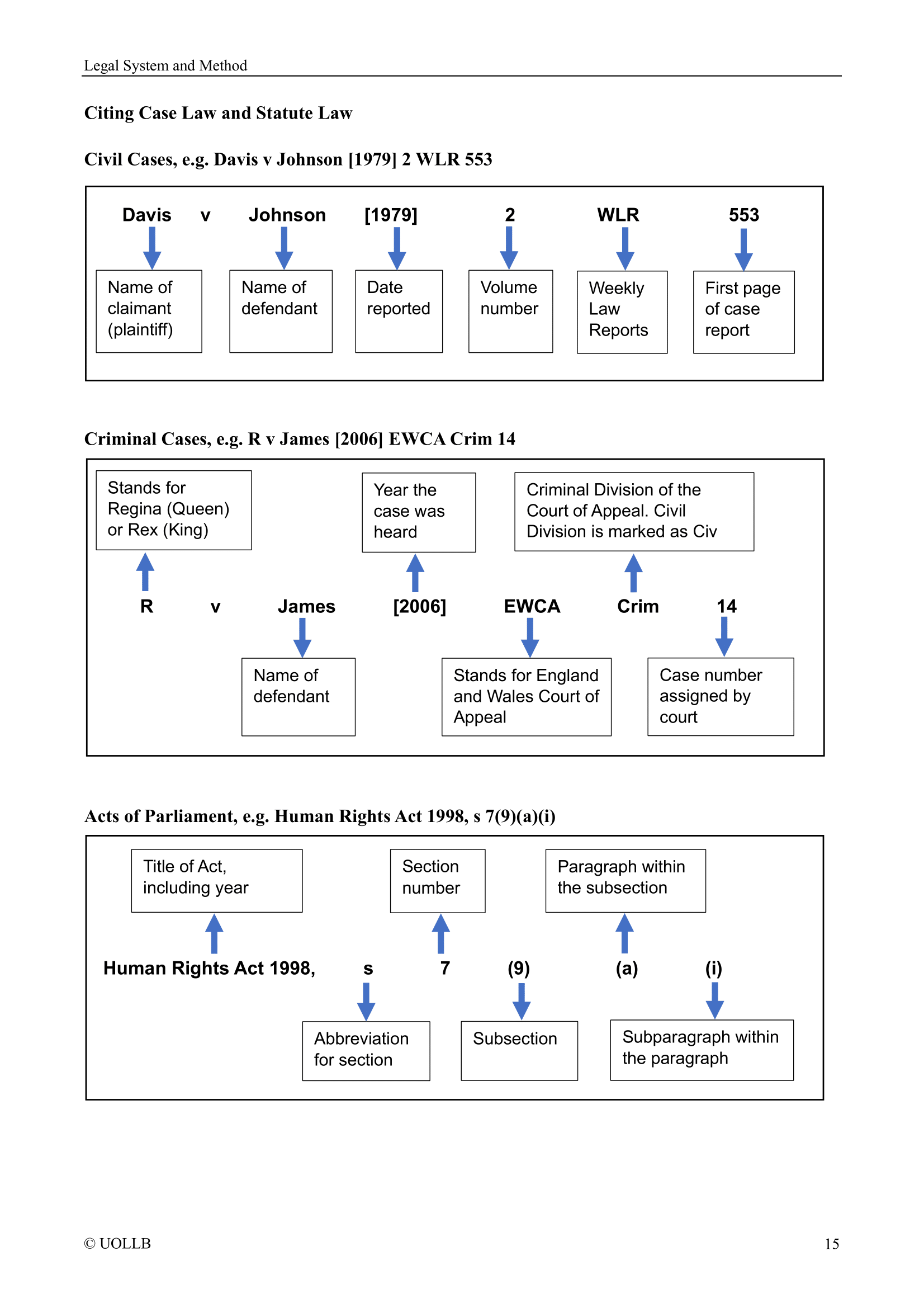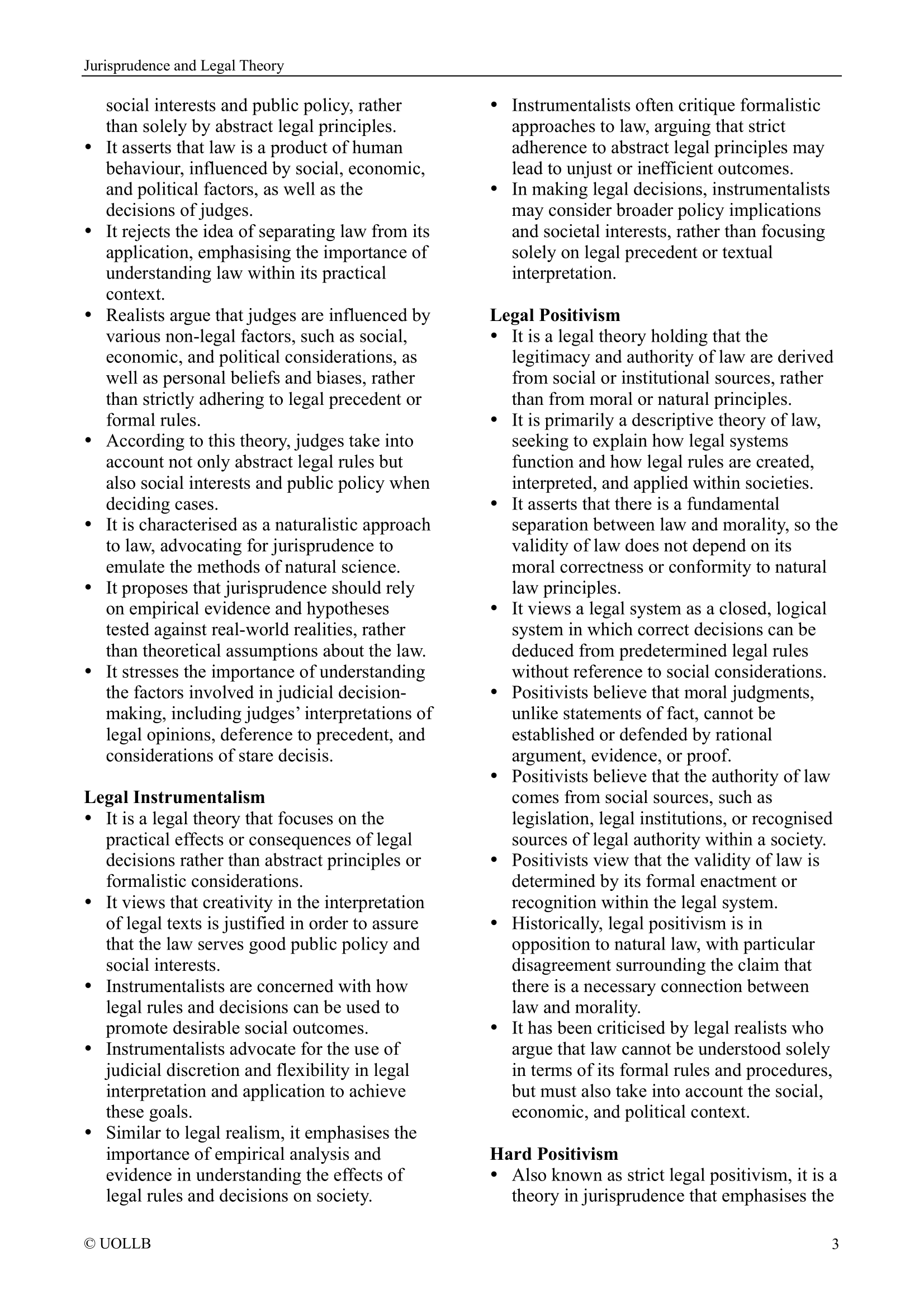Bolton v Stone [1951]
Share
Bolton v Stone [1951] AC 850 is a landmark House of Lords case that significantly influenced the principles of negligence in English tort law. The case involves a plaintiff who was struck by a cricket ball hit out of the ground during a match, and the defendants were members of the cricket club committee.
During a cricket match, a batsman hit the ball for six, and it flew out of the cricket ground, hitting the claimant, Miss Stone, who was standing outside her house approximately 100 yards away from the batsman. The claimant argued that the cricket club was negligent and liable for her injuries due to the foreseeable risk of a ball hitting a passer-by.
The High Court, presided over by Oliver, J, found in favour of the defendants, stating there was no evidence of injury in the previous 38 years, so there was no negligence. Rylands v Fletcher [1868] was not applicable, and the incident did not amount to a nuisance.
The Court of Appeal dismissed the nuisance claim, with Somervell LJ dissenting. The majority held that the accident required an explanation, and the defendants were aware of the potential risk. The application of res ipsa loquitur led to a finding of negligence.
The House of Lords unanimously found no negligence. Most Lords considered it a close call but deemed the risk too remote for a reasonable person to foresee. The key issue was whether the reasonable person would foresee the risk, making it a factual question rather than a point of law.
The Lords emphasised that precautions need not be taken against every foreseeable peril if the harm is highly improbable and the risk is so remote that a reasonable person would not anticipate it. Lord Porter noted hitting a ball out of the ground was an objective of the game, and liability would create unwarranted restrictions in everyday life.
The case reinforced the principle that a defendant is not negligent if the damage to the plaintiff was not a reasonably foreseeable consequence of their conduct. The foreseeability of risk and the cost of preventive measures play a role in determining the duty of care owed by the defendant. The decision highlighted the balance between foreseeability and the highly improbable nature of harm in assessing negligence.
Bolton v Stone is a significant case in the law of negligence, emphasising the importance of foreseeability in determining liability. The decision recognises that not every foreseeable risk requires precautions, especially if the harm is highly improbable and taking precautions would unduly restrict normal activities.
In summary, this case contributed to shaping the concept of negligence, emphasising the role of foreseeability and the balance between preventing harm and allowing for reasonable activities in everyday life.
